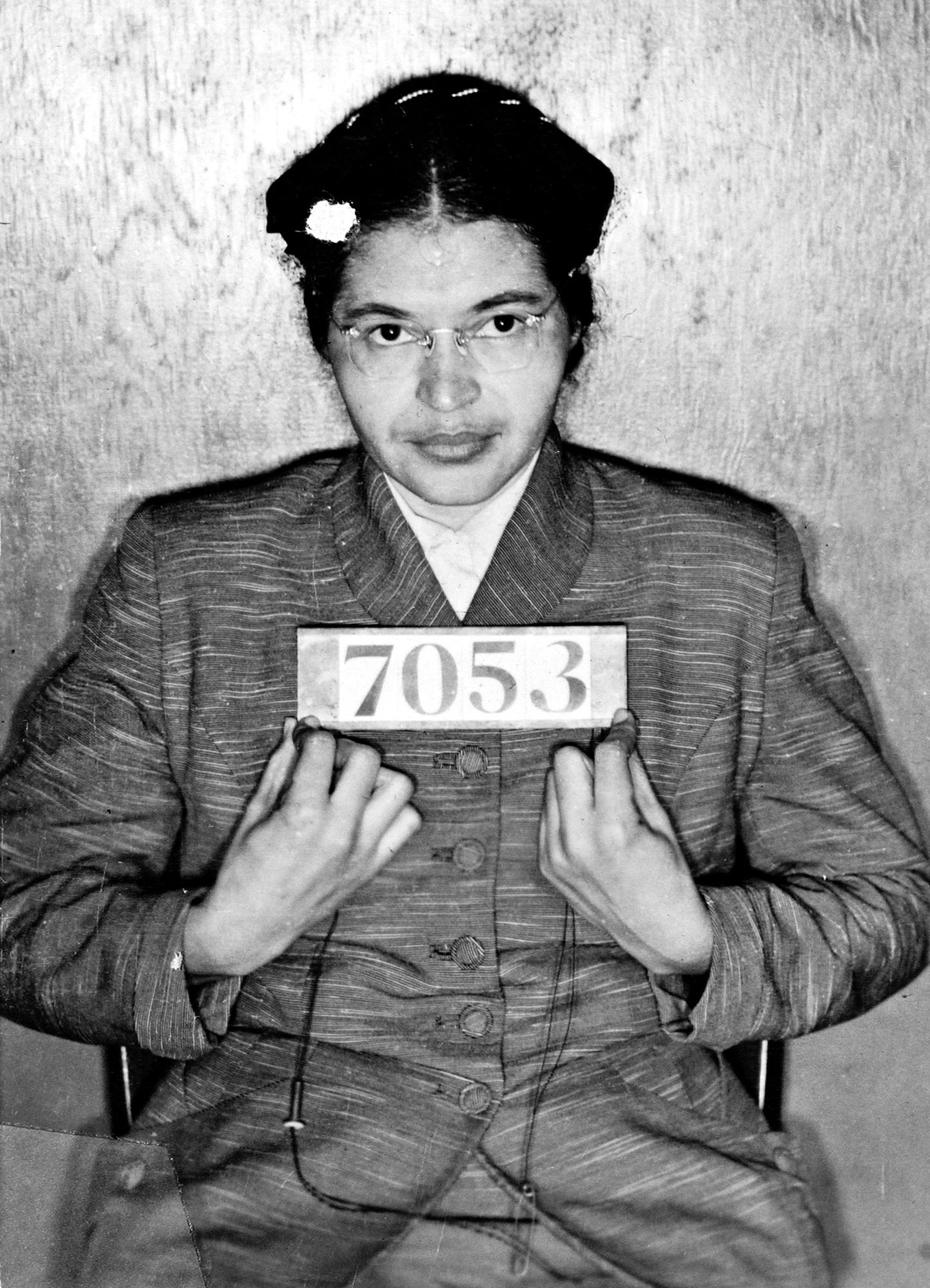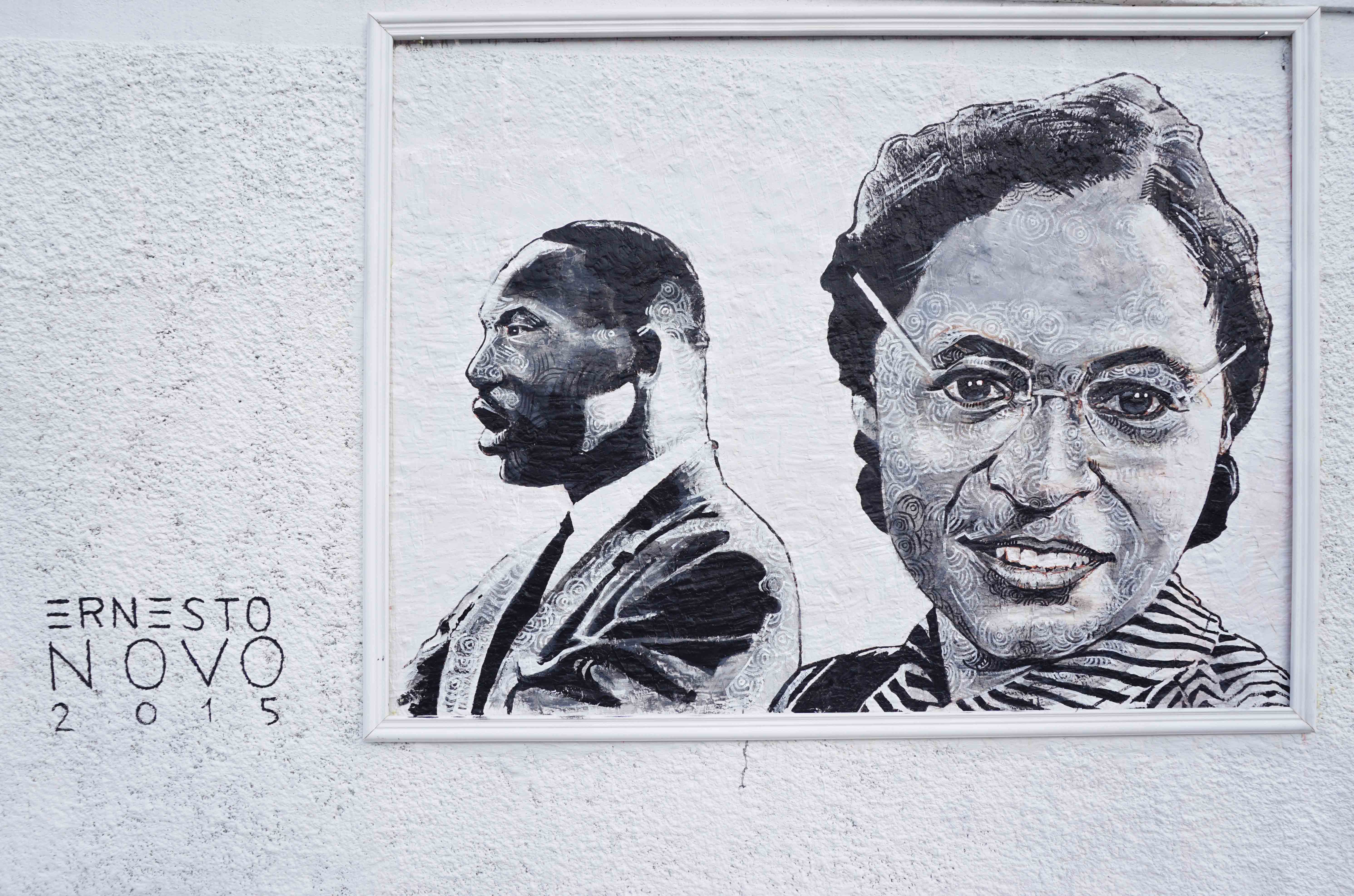Her two-letter word changed the history of the United States, on a day like today 62 years ago.
Lenten Campaign 2025
This content is free of charge, as are all our articles.
Support us with a donation that is tax-deductible and enable us to continue to reach millions of readers.
Imagine that you’re going home, very tired after a long work day. You get on a bus, see an empty seat, and sit down with relief, but when you start to feel your feet relax, someone demands that you stand up to cede your place to a man who just got on the bus, and who doesn’t have any special condition … except that he is white.
That’s what happened to Rosa Parks, a 42-year-old African-American seamstress from Montgomery, Alabama, on December 1, 1955. She was asked to yield her seat to a white man (although he hadn’t even requested it) because, according to the laws of the time, black people had to sit in the back of the bus, and if no more places were free in the front, they had to get up to give their seat to white people. If they refused, the driver could call the police and force the “offenders” to get off the bus, or even to put them in prison.
Parks refused. As she said in her autobiography, she was “tired of giving in,” and she felt indignant that she was being asked to give up her seat when the man wasn’t even asking her to. It was an unjustified demand of the driver (even within the legal framework of the time).
They called the police, and Parks was taken to jail. Bailed out by friends the next day, she was tried on December 5, and fined $14 for disorderly conduct and violating a local ordinance. She refused to pay, and appealed her conviction. Predictably, her appeal got tied up in the court system over the following months.

News of her arrest didn’t take long to reach the African-American community (including Martin Luther King Jr., who had not yet reached the peak of his fame) and became the spark that would trigger a series of protests at the end of 1955 and the beginning of 1956 against racial discrimination. Local leaders of the black community called for all African Americans to boycott public transportation the Monday after Parks’ arrest. Despite black people making up more than half of the total passengers of the bus system (such that the system needed them in order to be sustainable), they had no rights, and were often humiliated and even arrested. What was the result of this call to action? Hundreds of men and women of color walked through the streets instead of riding the bus, “with tired feet, but free souls,” as the media declared.
The boycott, under the leadership of King, lasted nearly a year, until November of 1956 when the Supreme Court finally declared that the racial segregation laws in Montgomery were unconstitutional. This opened the way to the creation of laws against discrimination in public spaces.
It’s true that Parks wasn’t the first to complain or to be arrested. In fact, she herself had already suffered from an earlier incident — she had paid the bus driver at the front of the bus, but when she got down to enter the back door as required by law, the driver left her in the street. However, her action that day in December was, beyond a doubt, the inspiration for the American movement against discriminatory laws, which still existed in many states in the 1950s.
Some historians believe that the fact that she had a clean record and was also a secretary and assistant in the NAACP contributed to the effectiveness of her testimony. Her gesture had such an impact that she had to move to Michigan to escape the numerous threats she received in Montgomery. Her move was also motivated by the fact that she was fired from her job and her husband felt compelled to quit his due to the treatment he received.
She was later hired as a secretary in the offices of a U.S. Representative John Conyers, and continued her fight to defend the civil rights of all races, founding two separate institutions to educate young people and promote civil rights. In 1999, she received the Congressional Gold Medal. She died in 2005, and was the first woman to have a memorial service in the U.S. Capitol Rotunda.

Rosa Parks is not only a symbol of African Americans’ struggle for rights in the United States, she has also become an example of women’s empowerment, showing how sometimes what seems like a simple gesture can be the beginning of great changes.
Read more:
The Audacity of Hoping for a Real Civil Rights Future








